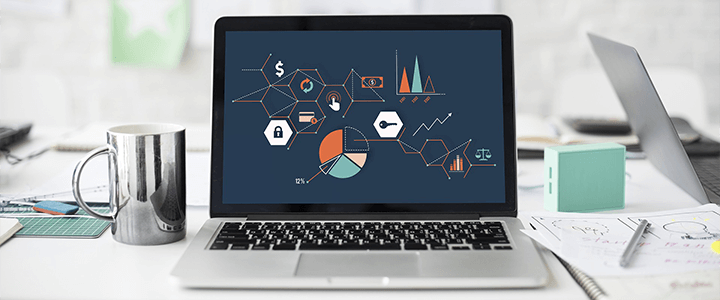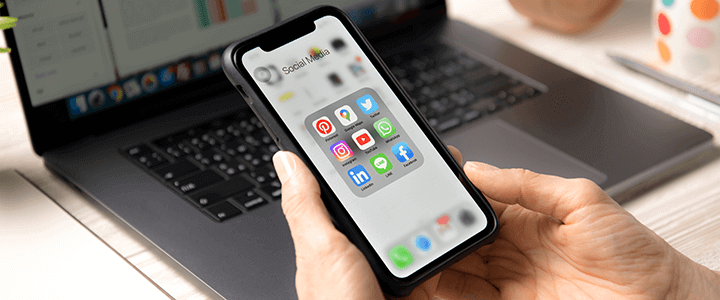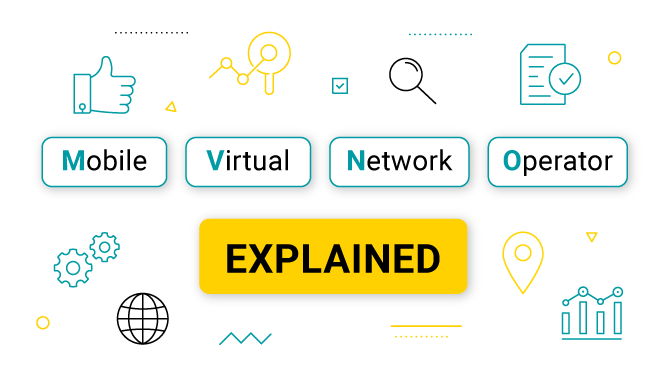Moving from Traditional to Digital: The Future of Marketing

Justifying marketing spend is a challenge that CMOs and marketers have had to face for as long as marketing campaigns have existed. With seismic shifts in consumer behaviour, more marketing channels and tools entering the picture every day, and advertisers becoming ever more demanding about verifiable performance, this challenge has only intensified.
A Paradigm Shift
In the past, long before social media became a force and digital marketing was still very much in its infancy, traditional advertising, to a large extent, defined marketing. This form of one-way, mass advertising was predominantly aimed at increasing brand awareness, and so, tracking ROI was fuzzy at best. In fact, a good number of marketers would even claim outright that it was impossible to measure exactly how many potential customers saw an ad on TV, or in a magazine, or on a billboard.
While some may have had their own “surrogate” methods of ROI measurement, many simply resorted to comparing their sales conversion rates before and after the launch of a marketing campaign. Regardless, sales attribution to each channel was measured independently in spite of their interconnectedness.
Digital Disruption in Marketing
Since then, however, the proliferation of new media technologies has transformed the way customers make their purchasing decisions insofar as marketers now must rethink their marketing approach.
Customers today are being drowned left and right in an alarming deluge of ads, which means that it has become more important than ever for marketing efforts to hit the right audience with the right message at the right time. In other words, the old ways of conceptualising, executing, and measuring marketing campaigns no longer suffice.
Big Data
The emergence of revolutionary software and products has brought today’s marketers oceans and oceans of behavioural and transactional data, providing them access to a goldmine of potentially invaluable insights. Proper use of big data capabilities and attribution modelling can, therefore, enable marketers to proactively build high-definition pictures of how a campaign is performing, identify opportunities for improvement, and ultimately, maximise ROI.
Let’s consider this scenario: a commercial seen on TV at a certain moment prompts a viewer to conduct a Google search leading to a click-through on a paid and ultimately resulting in a sale. Before the advent of computing power, cloud-based analytics, and other various big data technologies it would have been near impossible to trace this sale back to the commercial.
Today, however, diligent marketers can easily use statistical models and analytics to reveal the “assist effects” of cross-channel efforts and prove with traceable results which of their marketing dollars has borne the greatest fruit.
Closing Remarks
But data is only as useful as the expertise a marketer brings to bear. Often times, there is such an abundance of information out there with seemingly never-ending combinations of metrics to track, that for many it can get quite overwhelming to make sense of it all.
Which is why, if nothing else, one thing is certain: in an environment that is constantly changing and often feels like a really tiny, moving target, dedicated effort and good judgement are key prerequisites for both experienced and budding marketers alike. Marketers of this day and age must not only understand the process of ongoing measurement and optimisation, but they must also learn to cherish it.
















